History
Tragedy Series Of 6 Wives Of King Henry VIII (Part 4): The Rose Without A Thorn And The King's Last Marriage
Catherine Howard
Being the cousin of Queen Anne Boleyn, Catherine Howard (1523-1542) was born into a declining aristocratic family. Not having enough money to support her large family, her father was forced to seek help from other wealthy relatives. At the age of 5, Catherine was sent to live under the auspices of her father's stepmother, the Duchess of Norfolk. It was thought that Catherine would receive the best education, but in reality, the Duchess of Norfolk patronized many children of other poor nobles, therefore, the supervision of the children's learning and daily activities was quite loose. That led to Catherine being solicited and abused by her own piano teacher at the age of 13.
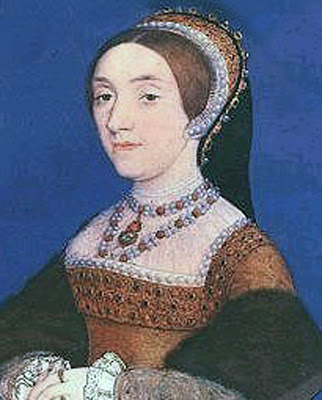
Portrait of Queen Catherine Howard
After joining in Queen Anne of Cleves' entourage, Catherine Howard immediately won the king's favor. Although she did not have a high education, her reading and writing ability was assessed as very good. Above all, it was Catherine's energetic youthfulness that made the king - nearly 50 years old, obese, irritable and slow due to a leg injury - feel rejuvenated and in love with life again. Realizing Catherine's benefits, her uncle - the Duke of Norfolk - immediately supported Henry VIII to marry her as queen. Not long after he annulled his marriage to Anne of Cleves, the king married Catherine Howard - a man of his daughter's age - as his wife, and called her his "rose without a thorn".
Being too young and not knowledgeable enough to get involved in government affairs, Catherine didn't have too many concerns. The young queen was said to be a benevolent person when she sent warm clothes to prisoners in prison many times, as well as asked the king to pardon a few people whose crimes were not too serious.
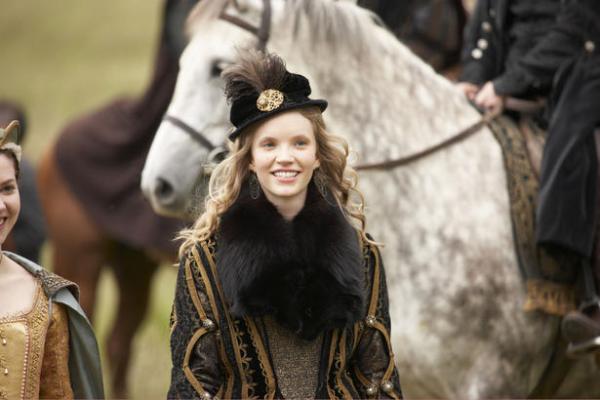
Queen Catherine Howard in the television series The Tudors played by actress Tamzin Merchant.
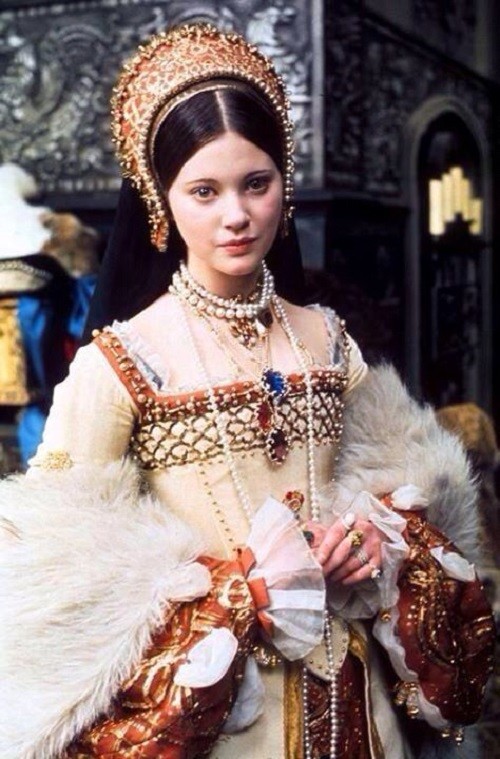
The muse Lynne Frederick played Catherine Howard in the BBC's Henry VIII and His Six Wives in 1972.
Not long after taking the throne, Catherine Howard was accused of having an affair with Thomas Culpeper - a courtier of Henry VIII, and had sexual intercourse before marrying the king. Her past while living under the lax patronage of the Duchess of Norfolk was overturned, and there is plenty of evidence against Catherine. Catherine's "lovers" were interrogated and all pleaded guilty, but most likely they were tortured and the evidence was fabricated. Catherine Howard was stripped of her title of queen and sentenced to death in the Tower of London. Although panicking when she heard her sentence, Catherine later calmed down and asked for a cutting board to practice her neck before being executed. Catherine's body was later buried next to her cousin Anne Boleyn.
To this day, people still question the truth of the adultery charges that Catherine Howard received in the past. In a political-religious game, this less-than-20-year-old queen was just a pawn for a plot to overthrow her family. Or maybe, people wanted to bring Catherine down before she could give birth to a prince and strengthen her family's position in the court.
Catherine Parr
As the last wife of Henry VIII before his death, Catherine Parr (1512-1548) was considered a rare exception in the queenship. Before marrying Henry VIII, she experienced two marriages, both times being widowed because of the premature death of husbands. After entering court to serve Mary - daughter of the first queen Catherine of Aragon with Henry VIII - she was noticed by the king, and later accepted his proposal despite her affections with Sir Thomas Seymour.
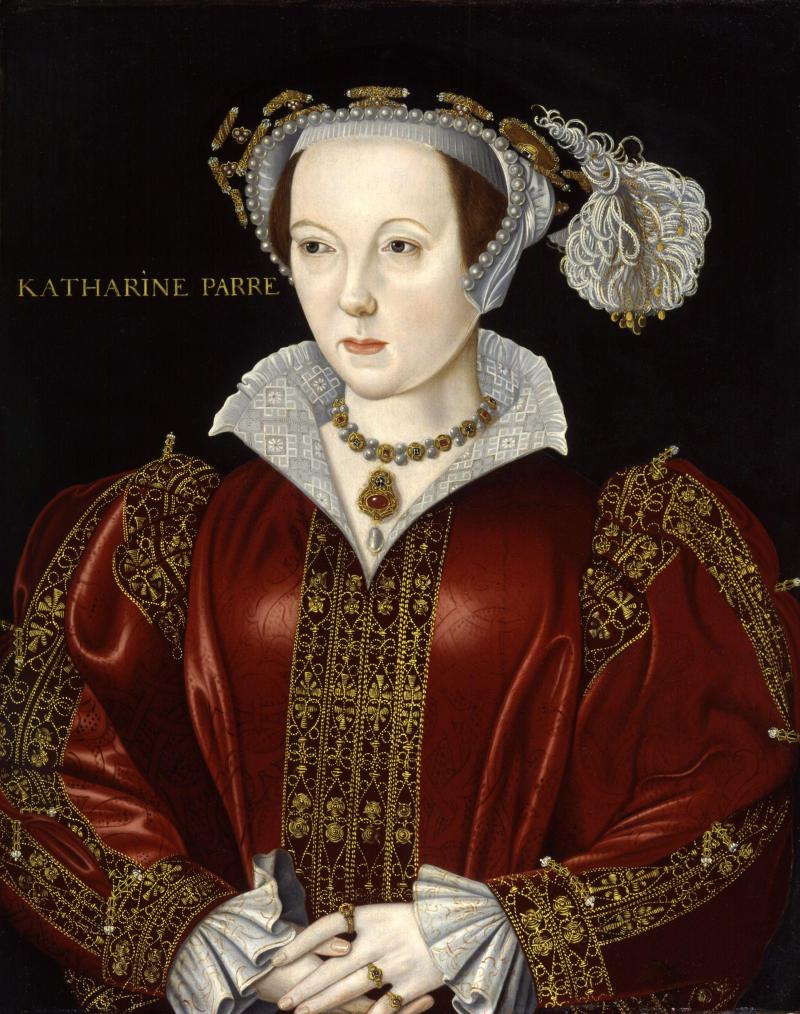
Portrait of Empress Catherine Parr.
Many people believed that Henry VIII married Catherine Parr just to have someone to take care of his deteriorating health, as well as take care of the king's children Mary, Elizabeth and Edward. Catherine Parr, with patience, poise and maturity from previous marriages, had done all of the above tasks well. She became an exemplary stepmother in the eyes of Mary and Elizabeth, successfully persuading Henry VIII to restore the two princesses' inheritance status, which had been stripped when he annulled his marriage to Catherine of Aragon and executed Prince Anne Boleyn. The future of England with the enthronement of Mary and Elizabeth, respectively, was due in large part to the intervention of Catherine Parr.
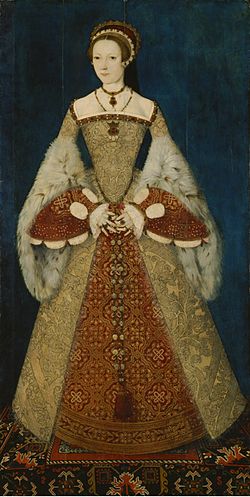
The painting has been identified as a portrait of Catherine Parr. Before that, for a long time it was thought to be a painting of Jane Gray - "The Nine Days’ Queen" of England.
Before his death, the king decreed that Catherine Parr be treated like a queen. Catherine married one more time to Thomas Seymour, 1st Baron of Sudeley, who had a crush on her from the start. After becoming pregnant and giving birth to a baby girl at the age of 35, Catherine Parr died of postpartum complications.
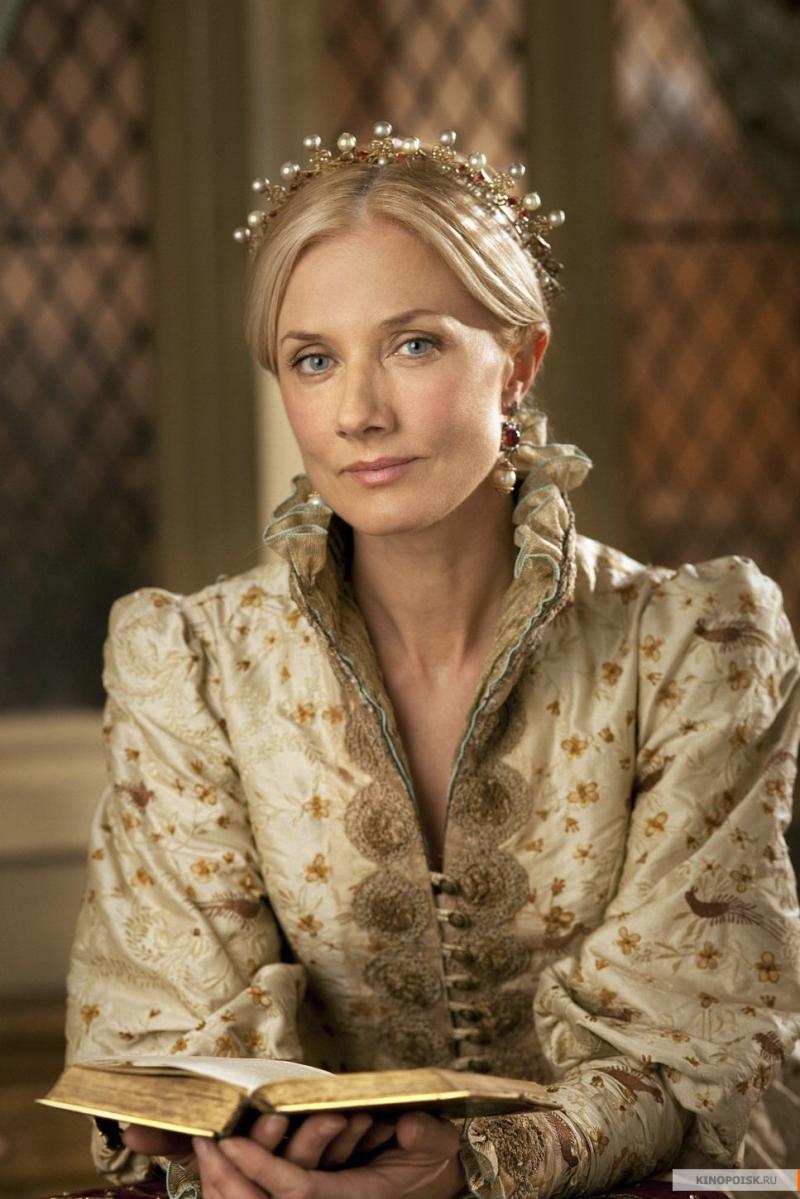
In the television series The Tudors, Empress Catherine Parr is played by Joely Richardson.
Divorced - beheaded - died - divorced - beheaded - survived, that is the fastest way to summarize the fate of the 6 wives of King Henry VIII. The flow of history over time fades away the splendor and frivolity of the old days, leaving only the imprinted fates of those 6 women. They might or might not be guilty, but they all suffered the same melancholy and tragic fate of the queen throne – which lives every day in fear from their own husband.
The end
Tragedy Series Of 6 Wives Of King Henry VIII (Part 3): The Estranged Wife Whose Beauty Was So Different From The Matchmaking Picture
Jane Seymour
Catching the eye of Henry VIII while still being a servant to Queen Anne Boleyn, Jane Seymour (c. 1508-1537) was betrothed by the king just a day after Anne Boleyn was executed. Not having a noble background like the two previous queens, Catherine of Aragon and Anne Boleyn, Jane Seymour's education was also limited. She could only read and write "a little", but proved to be very good at household chores, such as embroidery and sewing.
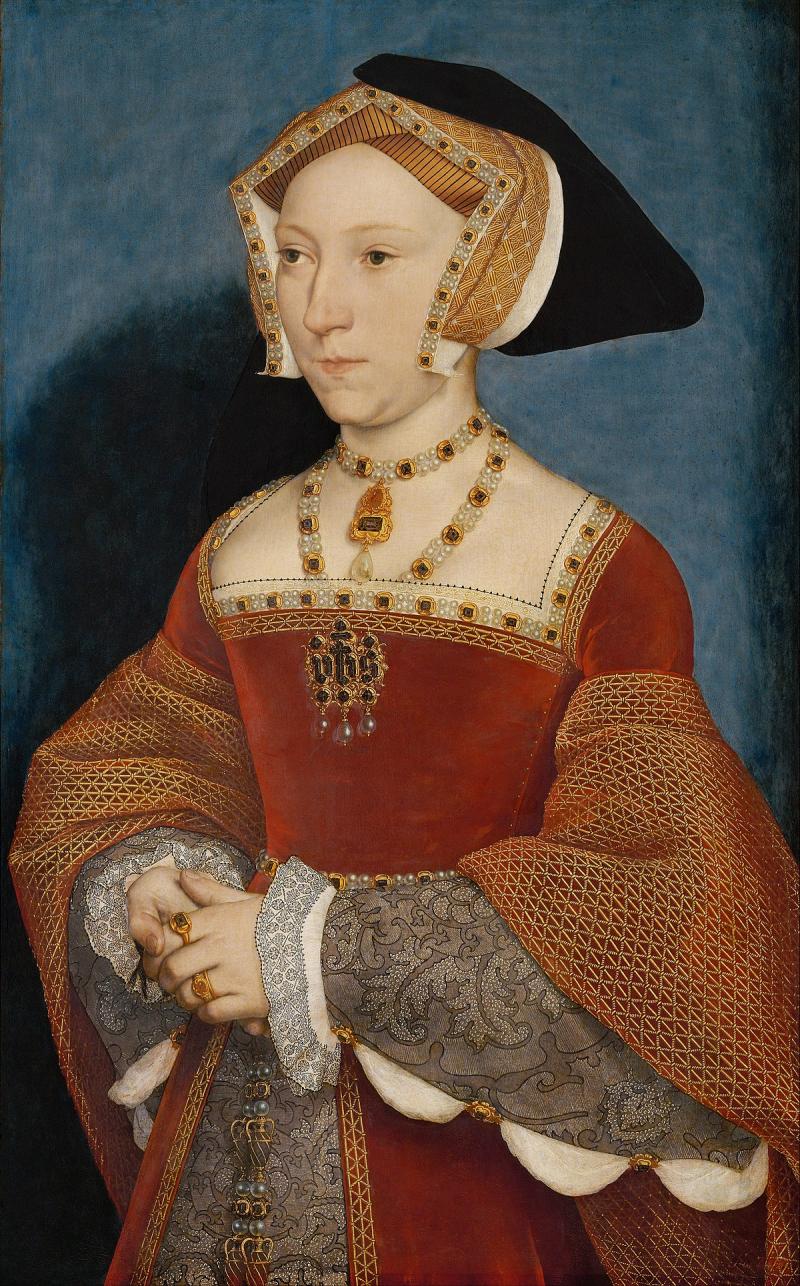
Portrait of Queen Jane Seymour
As one of Anne Boleyn's retainers, Jane received special attention from King Henry VIII only about three months before the Boleyn queen's execution. Not as attractive as Anne, Jane Seymour won the heart of the king and everyone by her good nature and gentleness. However, during the time she was still serving Queen Anne, Jane repeatedly "challenged" her by admiring the necklace that was a gift from the king to her, causing Anne to throw a tantrum, snatching the necklace from Jane's neck. Or another time, Jane deliberately let Anne see herself sitting on the king's lap, causing the royal couple to quarrel and it was possibly considered a step closer to Anne Boleyn's death sentence.
Jane Seymour was credited with giving birth to a son of Henry VIII to follow the king's desire. Her son later became King Edward VI, however, weak health from a young age caused the king to die when he was only 15 years old. Jane did not live until her baby was crowned – she died nearly two weeks after giving birth from infection and complications. She was the only wife of Henry VIII to enjoy a funeral for a queen.

Portrait of Edward VI of England when he was about 9 years old
Jane Seymour can be considered as Henry VIII's most beloved wife, in large part because she bore him a son.
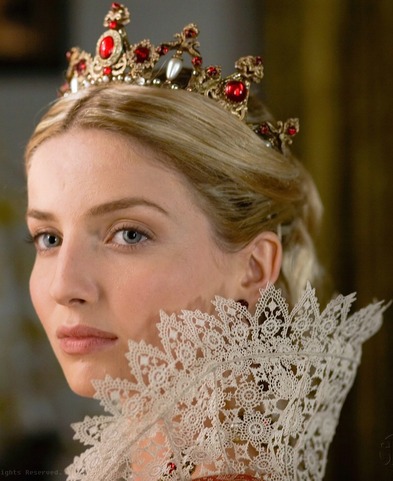
Annabelle Wallis as Queen Jane Seymour, television series The Tudors.
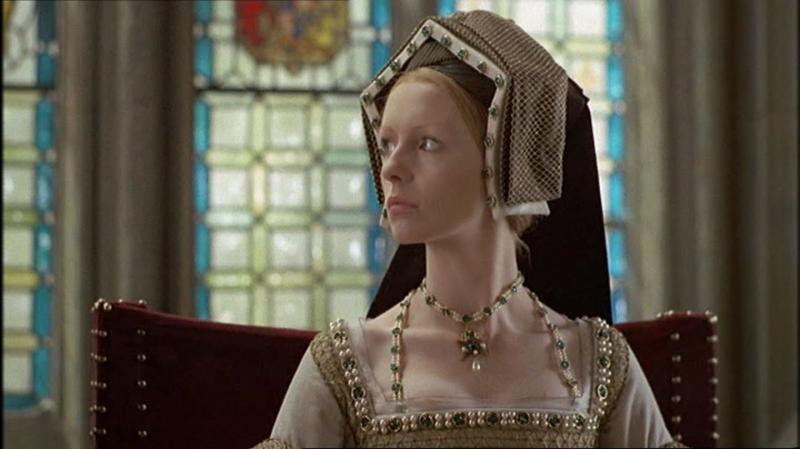
Actress Jane Asher played Jane Seymour in the 1972 BBC series Henry VIII and His Six Wives.
Anne of Cleves
About two years after the death of Queen Jane Seymour, Henry VIII continued to seek another marriage with the primary purpose of having more heirs. This time, the courtiers and advisers wished for a political marriage between the king and the foreign bride. Among the "candidates" for the throne, Anne of Cleves (1515-1557) - a German aristocrat - was chosen. Ignoring the language barrier when Anne could only speak German, Henry VIII fell in love with her beautiful appearance on a portrait painted at his request to "see" the bride's face.
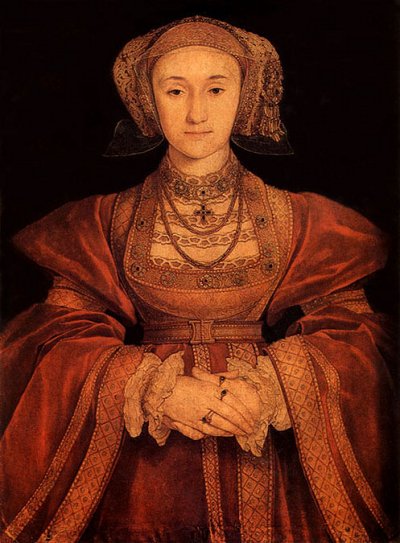
Portrait of Anne of Cleves by Hans Holbein the Younger. This is believed to be the portrait that Henry VIII saw before meeting Anne. Hans Holbein the Younger later fell out of favor for disappointing the king when Anne in real life and in painting differed so much.
However, upon meeting, Henry VIII felt deceived because Anne looked completely different from the portrait or any description he had heard before. Disappointment led the king to find ways to annul the engagement, but it was impossible. Henry married Anne of Cleves, and all attempts to "legitimize and consummate" the marriage by both failed. According to Anne's account, the king was a proper and gentle husband, often kissing her to say good night or goodbye in the morning. And Henry was quite annoyed, largely because of his new wife's appearance. Some documents even say that he called her "mare".
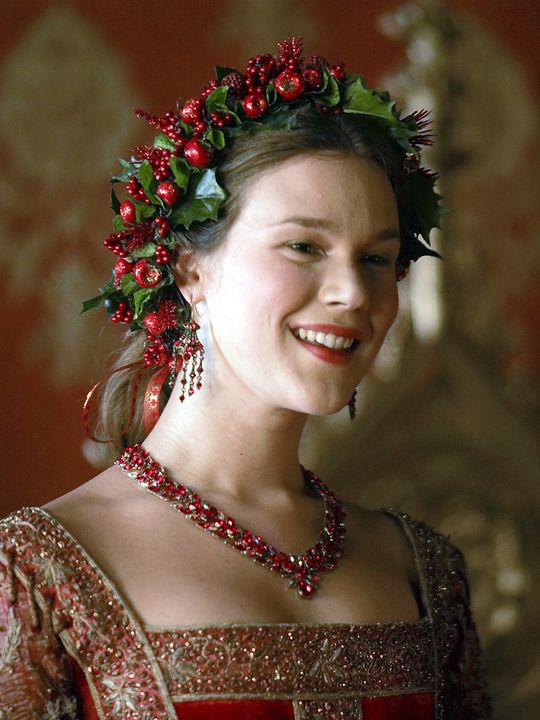
Joss Stone as Anne of Cleves in the television series The Tudors. The filmmakers probably all disagreed with Henry VIII's view of Anne's appearance, so the actors who played the queen were all very beautiful.
Anne of Cleves was described as a shy, reserved woman whose communication was limited because she only knew German. When he was fed up with his foreign wife, the king continued to search for a new marriage, and this time the young Catherine Howard caught his eye. When annulment was mentioned, Anne gently accepted. Henry VIII bestowed her with the name "the king's dear sister" and generous compensation - including Hever Castle, the former residence of the Anne Boleyn family. She died in 1557 at the age of 41, never married again and was said to remain a virgin for the rest of her life.
Although the royal marriage was brief and ended peacefully compared to other wives of Henry VIII, in this story there is still one person who had to be sentenced to death. Thomas Cromwell was sentenced to beheading – because he was the one who arranged the failed marriage between Henry VIII and Anne of Cleves.
(to be continued...)
Tragedy Series Of 6 Wives Of King Henry VIII (Part 2): The Woman Indirectly Changed The Face Of English Religion And Politics
Although not being born from the royal lineage like Catherine of Aragon, Anne Boleyn (1501-1536) was also born into a famous noble family respected at that time. Her father was 1st Earl of Wiltshire Thomas Boleyn and her mother was Lady Elizabeth Howard, which helped Anne enjoy a good education from an early age.
Showing grace and intelligence from a young age, she was sent to Western countries such as France and the Netherlands to serve as a close entourage of noblewomen, including Margaret of Austria, Mary Tudor (sister of King Henry VIII), Queen of France. The position of these noblewomen's attendants not only allowed Anne to learn etiquette or foreign languages, but also brought the "little Boleyn girl" closer to the concepts of politics - which later helped Anne gain power and position, but also caused tragedy in her life.
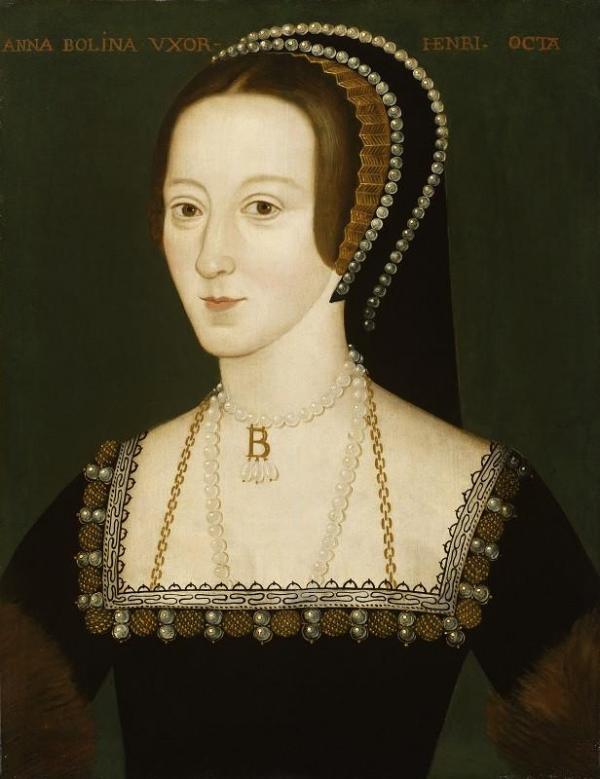
Portrait of Anne Boleyn
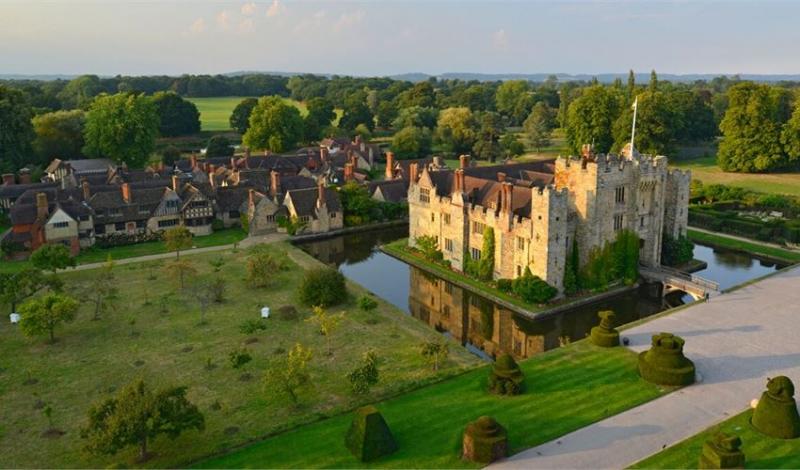
Castle Hever, owned by the Boleyn family. This castle later became the residence of Anne of Cleves - Henry VIII's fourth wife - after her marriage to the king was annulled.
Anne Boleyn was supposed to have married her cousin James Butler in an arranged marriage, but this failed, in part because her father was eager to find his daughter a "better" marriage to strengthen his family position as well as his power. At the same time, her sister Mary Boleyn became Henry VIII's mistress – even though Mary was already the wife of a nobleman named William Carey. Anne was placed in the ranks of Catherine of Aragon's entourage, caught the king's eye, and the rest of her life was history.
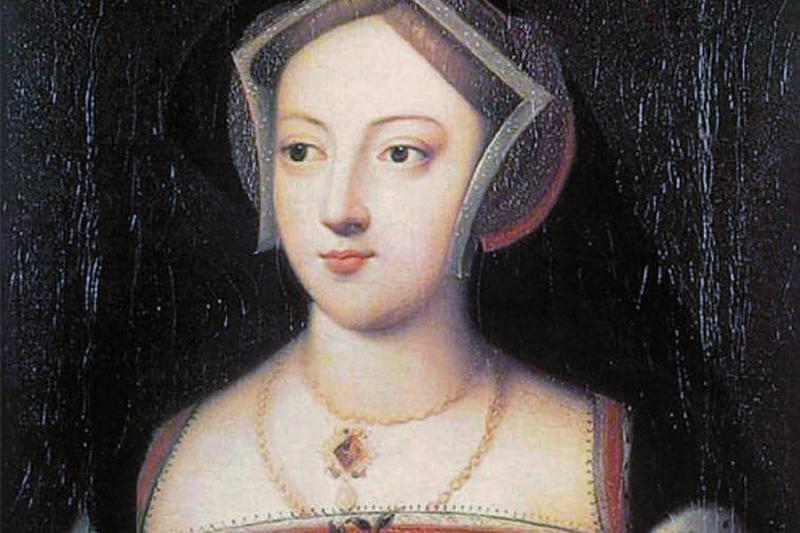
Mary Boleyn, Anne's older sister, is often portrayed as a gentle, innocent "saint" in movies. In fact, Mary had sexual relations with many nobles, including Henry VIII - the king of France and his courtiers. This is said to be the reason why she was "evicted" to England after living in France for a while.
Anne did not possess the standard beauty of the time. She was depicted with a healthy olive skin color instead of the pale white skin commonly seen in aristocats, slender build, thick black hair and brown eyes, wide mouth with thin lips. However, her graceful demeanor and harmonious lines have created Anne's charm. Before Henry VIII, many aristocrats were attracted to Anne by watching her dance, listening to her soft voice and skillful use of instruments. On top of that, Anne Boleyn could speak French very well and her intelligence was hard to hide. Therefore, she did not accept to become the king's lover like her sister Mary, but aspired to become the queen - his only legal wife.
At first, Anne rejected Henry's pursuit for fear of being abandoned after the king grew disgusted with her. This can be considered a very beautiful time in the love story of Henry VIII and Anne Boleyn when the king wrote many romantic letters to his lover. Then, with the ambition inherited from her father, Anne gradually realized the benefits of being pursued by Henry VIII. She convinced the king that she could bear his heirs, only if she became queen of England. Infatuation caused Henry VIII to ignore all advice from his courtiers to find a way to annul his marriage to Catherine of Aragon and marry Anne Boleyn as his legal wife.
The breakaway from Roman Catholicism and the founding of the Church of England – just so that he could marry Anne Boleyn – is seen as an event that changed the face of British religion and politics forever. But like the king's first wife, Anne suffered from repeated miscarriages – one of which was caused by the shock she heard when the king fell from his horse. Her only daughter who lived to adulthood was Princess Elizabeth – later to become Queen Elizabeth I of England. Anne also did not win the hearts of the people when most thought that Catherine of Aragon was worthy of being queen of England.
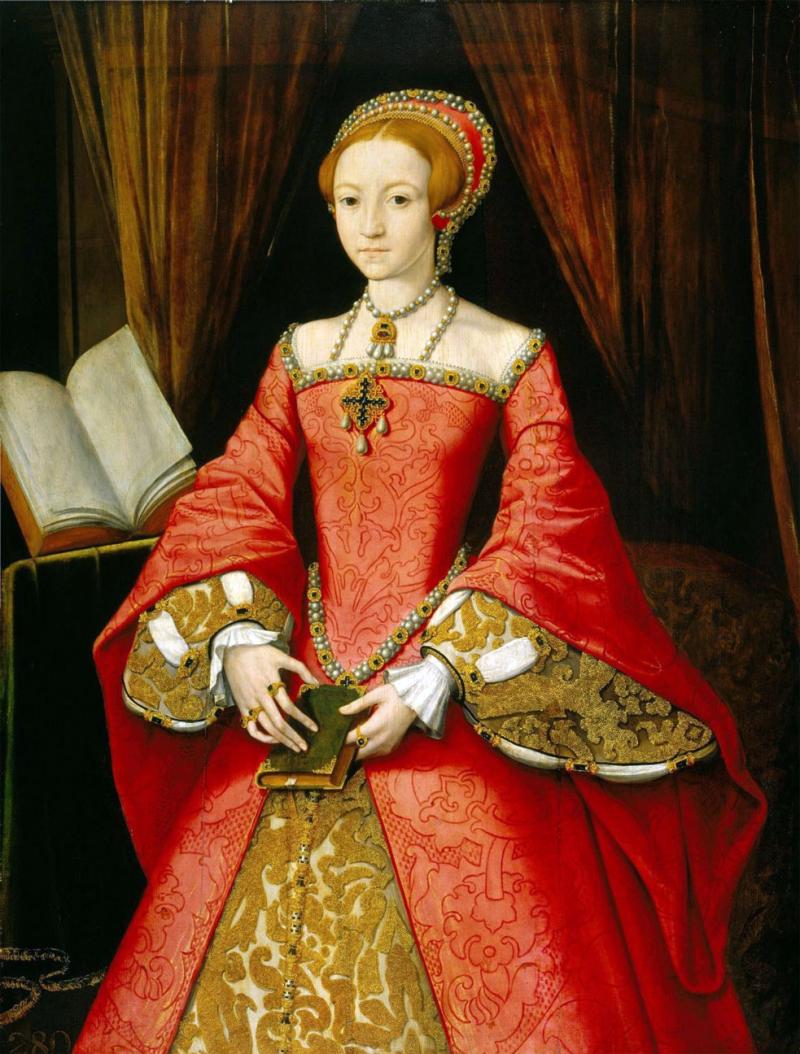
Elizabeth Tudor, who later became Queen Elizabeth I to rule England.
The time of passion and happiness in Henry and Anne's marriage was short, so that very soon the king was fed up by his erratic, argumentative temperament and Anne's undisguised intelligence. Ironically, those traits had captivated him days before. Once again, Henry VIII lost patience with Anne because of the "crime" of not being able to bear his son. Once again, Henry VIII thought that this marriage was cursed, or that Anne had "witched" the day before, causing him to pursue her persistently. And once again, Henry VIII was determined to get rid of his wife to open the way to find someone who could give him a son to inherit.
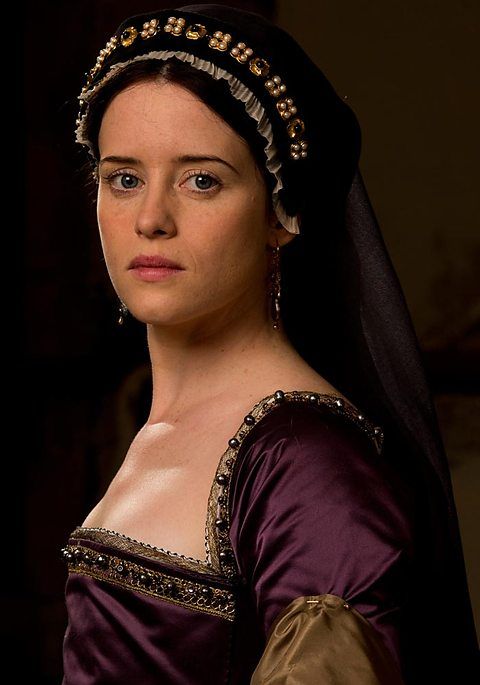
Actress Claire Foy plays Queen Anne Boleyn in the television series Wolf Hall.

An excellent on-screen Anne Boleyn was successfully portrayed by Natalie Dormer in the television series The Tudors.
Anne Boleyn was later found guilty of treason, incest and adultery – all charges of slander. She was stripped of her title of queen, taken to the Tower of London and sentenced to be guillotined. Anne accepted death with surprising composure. Henry VIII's final favor to Anne was that her execution would be carried out by a skilled swordsman from France, instead of the usual executioner, in order to ensure a quick and least painful death. Just one day after Anne's execution, Henry VIII betrothed to his third wife, Jane Seymour.

Tower of London, where Anne Boleyn was imprisoned and executed. Rumor has it that her ghost still roams the tower every night.
(to be continued…)



